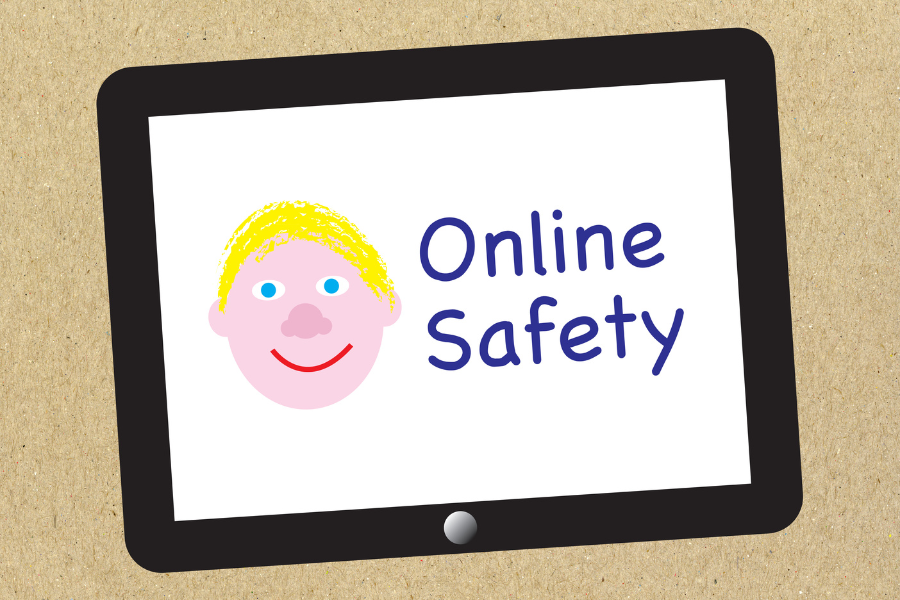Safeguard Your Child’s Online Privacy in Australia | MATE
Family & Internet Blog | MATE | 11 November 2025

In today’s connected world, children are growing up in a digital environment — streaming content, playing games, video calling family, and engaging on social media. But with this connectivity comes a serious concern: the privacy of our young ones is of utmost importance. As more apps, platforms, and services collect personal data, children’s online footprints are being formed before they fully understand the consequences.
Australia is taking steps to better protect young users online. The forthcoming Children’s Online Privacy Code, developed by the Office of the Australian Information Commissioner (OAIC), will introduce new standards for how children’s data is handled by digital services. Combined with existing initiatives from the eSafety Commissioner, these changes mark a pivotal moment in recognising children’s rights in digital spaces.
As a trusted Australian internet provider, MATE is committed to helping families protect what matters most — their children’s personal data and online safety. This guide is here to help you navigate the key privacy risks and, more importantly, take clear and practical action.
We’ll explore:
- Why online privacy matters for kids
- How to protect your child’s data and identity
- How to encourage safer digital habits at home
- What to do if their privacy is compromised
Why Children’s Online Privacy Matters
Children today can go online before they even start school — and their information is often shared long before they’re old enough to understand consent. This early digital presence makes them especially vulnerable to privacy breaches and misuse of data.
The most common online privacy risks for children include:
- Identity theft: With enough personal details (like name, birth date, school, or address), scammers can create fraudulent identities in a child’s name.
- Targeted advertising and profiling: Apps and websites often collect behavioural data to build profiles — even on children — to serve personalised ads.
- Oversharing: Children may unknowingly reveal personal information, such as their location or contact details, while chatting or posting online.
The Children’s Online Privacy Code, once implemented, will place stronger obligations on digital platforms likely to be accessed by children in Australia. This includes rules around data collection, default privacy settings, and transparency around how data is used. Learn more at the OAIC website. You can also learn more about What is Online Privacy here.
Practical Steps to Protect Your Child’s Online Privacy
You don’t have to be a tech expert to take control of your child’s online privacy. Here are steps that make a real difference:
1. Review and update privacy settings
Review privacy settings on their social media accounts, apps, and devices. Most platforms have privacy controls — use them to limit what can be seen, shared, and collected. Choose “private” profiles, disable location sharing, and limit who can send friend requests or messages.
2. Use parental controls and age-appropriate profiles
Most devices and streaming platforms offer safe-by-default profiles for kids. Set these up with strict privacy settings and limit data sharing permissions. Tools like Apple Screen Time, Google Family Link or Microsoft Family Safety allow you to monitor app usage and set appropriate limits.
3. Be selective with photos and videos
When sharing photos of your child, avoid revealing personal details or locations. Never post pictures of school uniforms, name tags, or identifiable locations. Before uploading group images, always check with other parents and respect their preferences.
Behavioural Habits That Safeguard Privacy
Even with technical tools in place, behavioural habits play a critical role in protecting your child’s privacy online.
1. Talk about their digital footprint
Engage your child in decisions about sharing their photos. This not only respects their privacy but also educates them about online safety. Explain how digital content is permanent, searchable, and may be viewed by people beyond their intended audience.
2. Encourage thoughtful sharing
Avoid posting images/videos of children with identifying info. Help your child understand when not to share details like where they go to school, where they live, or when they’re home alone.
3. Regularly review app access and contacts
Sit down together and go through their apps, permissions, and friend/follower lists. Teach them to remove unfamiliar contacts and deny permissions that don’t make sense (like a game asking to access their camera or microphone).
What to Do If Their Privacy Is Compromised
Mistakes can happen. If you discover that your child’s personal data has been shared or misused, act quickly and follow these steps:
- Remove the content: If the information or photo is within your control, delete it. If it’s on a platform, use the reporting tools to request removal.
- Change passwords and security settings: Secure their account and any linked email or services.
- Report serious incidents: For issues like cyberbullying, identity theft or image-based abuse, report directly to the eSafety Commissioner, or to the platform involved.
- Contact the OAIC if personal data has been mishandled by a company or organisation.
Final Thoughts & Next Steps
While the internet offers endless opportunities, it’s crucial to navigate it with caution, especially when it concerns our children. As technology evolves, so do the risks. That’s why safeguarding your child’s privacy isn’t a once-off task — it requires regular check-ins and conversations.
Empower your child with the tools and knowledge to make smart, safe decisions online. And don’t forget to lead by example with your own privacy habits.
FAQs: Child Online Privacy in Australia
What is children’s online privacy?
Children’s online privacy refers to the protection of their personal information — such as name, age, photos, location and online activity — while using digital platforms and services.
How can I protect my child’s data online?
Use parental controls, set strong privacy settings on apps and devices, avoid oversharing personal details, and talk regularly with your child about what they post and why.
What should I do if my child’s information is shared without consent?
Report the incident to the platform, request content removal, change login credentials, and seek support from the eSafety Commissioner.
How often should I review my child’s device or app settings?
Aim to check in every 1–2 months, or whenever your child downloads a new app or changes how they use a device.

